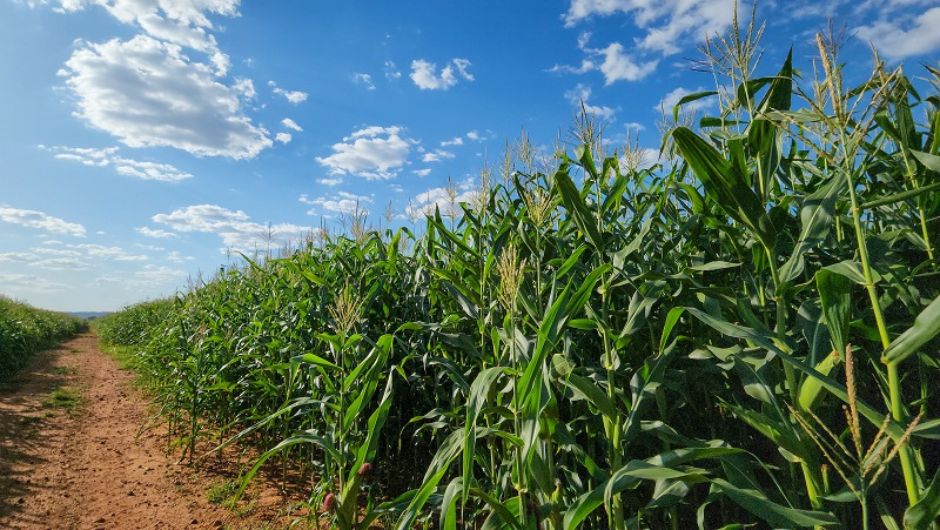Combating illegal pesticides multiplies with integrated actions
Event in Campinas discussed actions by companies and public authorities to reduce occurrences; destination of seized products was debated

The Government of Minas Gerais (MG), through the Secretariat of Agriculture, Livestock and Supply (Seapa), launches a publication with the main results of the state's agricultural production in 2023. Growth of the grain harvest, recovery of coffee crops and increase of the volume exported is some of the information available in the 4th edition of the Mineiro Agribusiness Balance Sheet, now available for consultation.
In the opinion of the Undersecretary of Agricultural Policy and Economy of the Department of Agriculture, Caio César Coimbra, the publication provides important information for a broad view of the sector and its economic and social importance, which is strategic for state development. “The objective is to present, through this document, the performance of the state’s main agricultural production chains and their impacts on the trade balance, the Gross Value of Production (VBP) and the generation of opportunities, employment and income for people from Minas Gerais”, states.
Driven by the increase in planted area and productivity, the 2022/2023 grain harvest in Minas Gerais increased 11,2% compared to the previous harvest, reaching 18,7 million tons.
Another segment with good results was coffee. Despite climate fluctuations (periods with dry weather, excessive rain and hailstorms), in general, the climate favored production, which reached 29 million bags.
The volume of exported products grew 13,3%, totaling 15,6 million tons. The value reached US$ 14,3 billion, a drop of 6,7%, influenced by variations in commodity prices.
The Gross Production Value (VBP) of Minas Gerais agriculture, in 2023, was R$ 124,2 billion, a drop of 1,8% compared to 2022. Among the agricultural segments, crops were responsible for 67% of the value invoiced by agribusiness, reaching R$83,6 billion. Livestock revenue reached R$40,6 billion.
The products analyzed were: coffee, sugar cane, grains (cotton, peanuts, rice, beans, corn, soybeans, sorghum and wheat), fruit crops (avocado, pineapple, banana, strawberry, orange, lemon and mango), vegetable crops (garlic, potatoes, onions, carrots, tomatoes and cassava), livestock (poultry, cattle and pigs), equine farming, coturniculture (quail), fish farming (tilapia), products of animal origin (milk, honey, chicken eggs and quails) and forestry (pine, eucalyptus and their derivatives).
Access the full document at the link below:

Receive the latest agriculture news by email